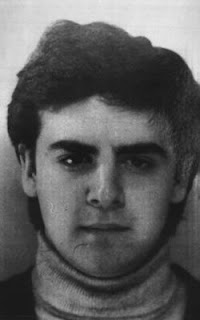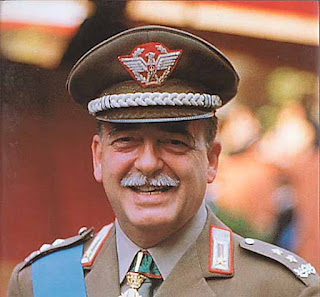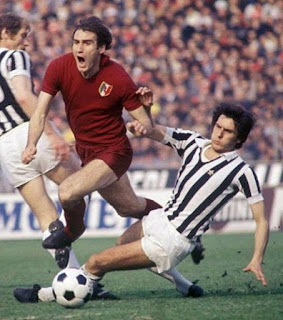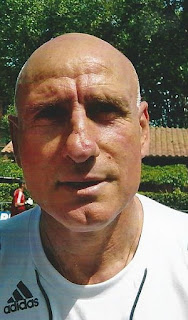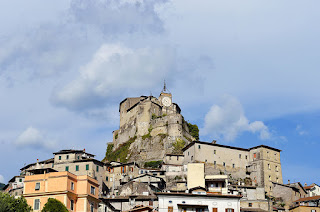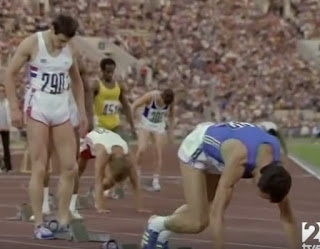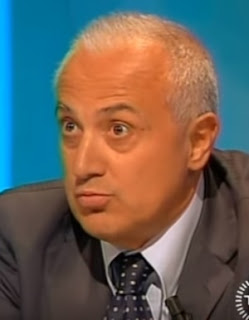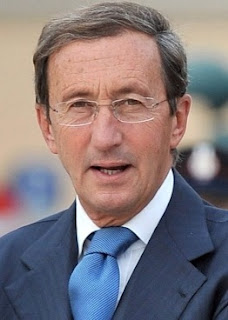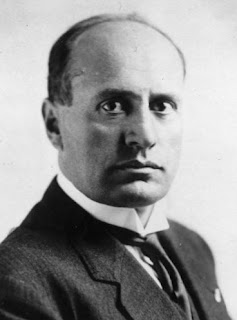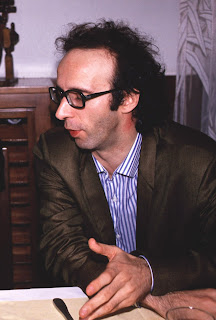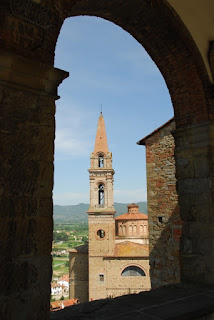Writer's stories of the Inquisition are bestsellers
 |
| Valerio Evangelisti is best known for his science fiction, fantasy and historical novels, popular across Europe |
He is famous in Italy for his series of novels featuring the inquisitor Nicolas Eymerich and for the Magus trilogy, all of which have been translated into many languages.
Eymerich is a real historical character, a member of the order of the Dominicans and of the Spanish Inquisition who was born in 1320 in Girona, Catalonia. Evangelisti portrays him as a cruel and ruthless man who acts without mercy to protect the Catholic Church against threats of both natural and supernatural origin.
Evangelisti uses the Eymerich novels to investigate the mysterious phenomena in medieval Europe that strategically influenced the great historical events of the time, creating a dark and nightmarish picture of the epoch.
The Magus trilogy is a romanticized biography of the famous Middle Ages writer of prophecies, Nostradamus. The three novels, Il presagio (The Omen), L’inganno (The Deceit) and L'abisso (The Abyss) were also bestsellers in Italy.
 |
| Evangelisti had a job at the Treasury Department |
In 1993, his first novel, entitled Nicolas Eymerich, inquisitore won the Urania Award, established by a magazine with the aim of discovering new talent in the field. He wrote more novels in the series, at a rate of approximately one a year until 2002, after which they became less frequent. He returned to the character from time to time, however. The most recent, Il fantasma di Eymerich - Eymerich’s phantom - was published only last year.
Evangelisti's novels are popular in France (where he won several literary awards), Spain, Germany and Portugal as well as in his home country. Some recent works reflect his enthusiasm for heavy metal music, namely the short stories collection Metallo urlante (referring to the French magazine Metal Hurlant).
He has written other novels set during the American Civil War, while one of his latest novels, Noi saremo tutto - We Shall Be All - spans several decades of the last century, exploring the life of Eddie Florio, an Italian-American gangster, against the background of the history of the trade unions and the workers' battles for civil rights, including many real-life characters from the New York underworld.
Evangelisti, who has a home in Mexico as well as in his native Bologna, sets two novels - Il collare di fuoco (The Fire Collar) and Il collare spezzato (The Broken Collar) - in the Central American country, as well as another - Tortuga, a story about pirates - in the Caribbean.
A lifelong Communist, Evangelisti stood as an independent candidate in the 2009 European elections in the Anticapitalist List (formed by the union between the Communist Refoundation and the Italian Communist Party in the so-called Federation of the Left) and in 2011 in the administrative elections for the municipality of Bologna for the Federation of the Left.
He is now a vocal backer of the extreme left-wing list of Power to the People.
 |
| Piazza Maggiore is the hub of the historic city of Bologna |
The history of Bologna, one of Italy's oldest cities, can be traced back to 1,000BC or possibly earlier, with a settlement that was developed into an urban area by the Etruscans, the Celts and the Romans. The University of Bologna, the oldest in the world, was founded in 1088. Bologna's city centre, which has undergone substantial restoration since the 1970s, is one of the largest and best preserved historical centres in Italy, characterised by 38km (24 miles) of walkways protected by porticoes. At the heart of the city is the beautiful Piazza Maggiore, dominated by the Gothic Basilica of San Petronio, which at 132m long, 66m wide and with a facade that touches 51m at its tallest, is the 10th largest church in the world and the largest built in brick.
 |
| The Archiginnasio at the University of Bologna |
Bologna University, where Evangelisti studied, was founded in 1088 and is the oldest university in the world. The oldest surviving building, the Archiginnasio, is now a library and is open Monday to Friday from 9 am to 7 pm, and on Saturdays from 9 am to 2 pm. It is a short walk away from Piazza Maggiore and the Basilica di San Petronio in the centre of the city.
Home
